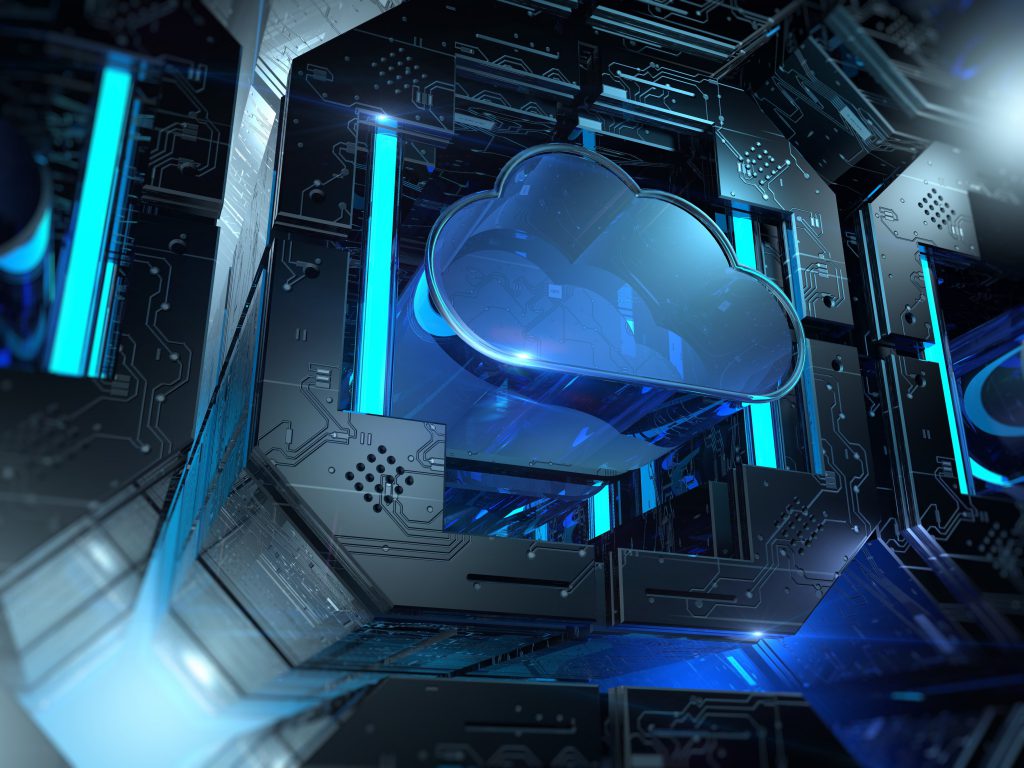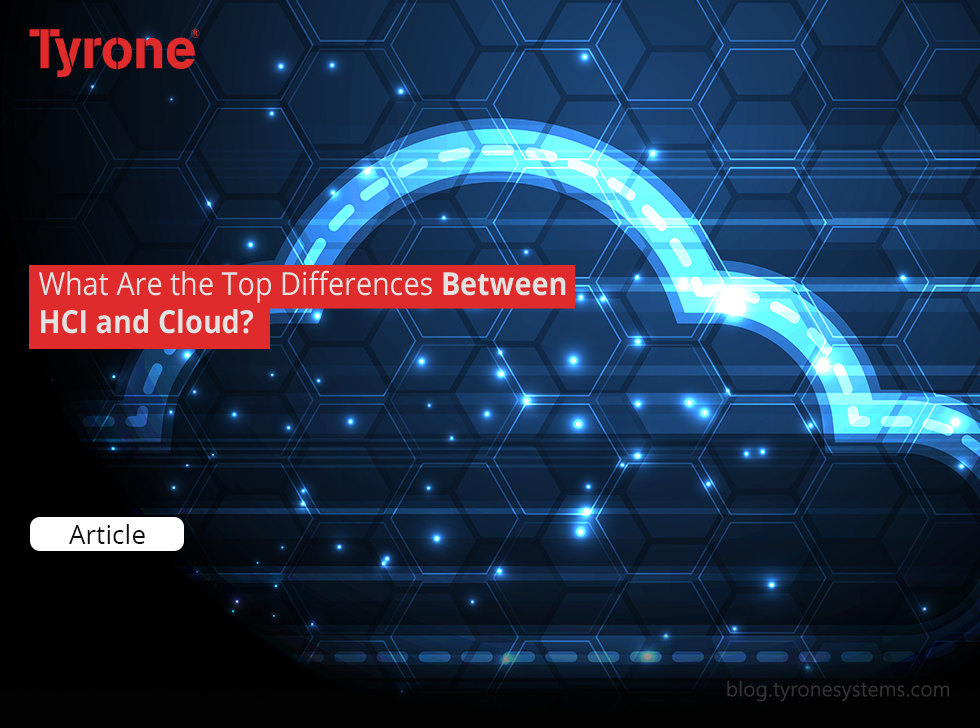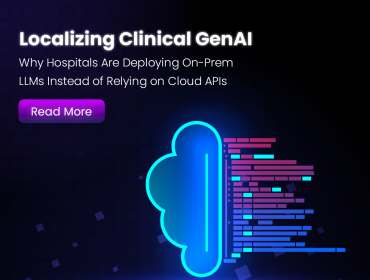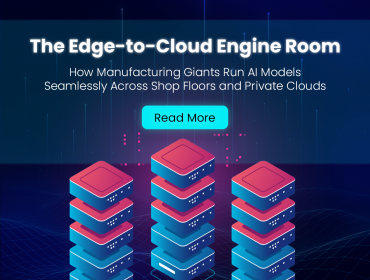Cloud computing has evolved into a necessary component of company operations. Organizations utilize public cloud services for application and data needs, but many also build private clouds in data centers or other facilities. However, building a cloud infrastructure is a significant task that must be carefully weighed against the advantages of public cloud services.
A company should also assess if a converged system, such as a hyper-converged infrastructure (HCI), would suit its needs. Unfortunately, comparing a cloud architecture to HCI can be challenging, partly because manufacturers use the words cloud and hyper-convergence loosely and frequently interchangeably. However, the cloud and HCI are different.
Comparing HCI and Clouds
The HCI platform is a single platform for hosting virtualized workloads that virtualizes computing, storage, and network resources and integrates them with a software-defined management system. The platform consists of several server and storage nodes and the required networking components to form a single cluster that IT can simply deploy, operate, and grow.
A private or public cloud computing infrastructure comprises physical computation, storage, and network resources integrated into a single design. The physical resources are pooled and delivered as services through an abstraction layer, which applications and users can configure and deploy via an API or user interface. However, establishing the infrastructure can take time and effort.

Which can perform better?
It may be difficult to compare the performance of HCI with cloud infrastructure. It relies on whether the cloud is a public platform or an on-premises system, as well as how the on-premises architecture is constructed. An HCI cluster integrates all hardware components into a single infrastructure that keeps applications and data close together, enabling high network speeds and data rates while eliminating inefficiencies associated with dispersed architecture.
On the other hand, the actual gear that makes up a cloud infrastructure might span many geographic regions, presenting a wide range of potential bottlenecks. However, many of these bottlenecks can be avoided if the components are near each other, like in a private cloud. Furthermore, a cloud infrastructure often collects detailed system telemetry, which may be used with automation and orchestration abilities to fine-tune services on the fly to optimize performance.
What has better reliability?
In HCI, if a host fails or goes unresponsive, another host can take up the workload and restart the virtual machines previously running on the failed host. In contrast, an HCI platform may not include all advanced systems, such as converters or controllers, resulting in single points of failure. The platform also works in a single location, which may need additional services or systems to maintain dependability.
A cloud infrastructure, such as HCI, is intended to be dependable. The combination of failover services and virtualization improves workload availability. Telemetry can be used to alert administrators to problems or to trigger automatic solutions. The degree of dependability, however, is determined by the execution. Given the importance, public cloud platforms go to great lengths to ensure reliability. Organizations building cloud infrastructures must ensure that their systems meet dependability standards, even if this means spreading the infrastructure to different geographic regions.
Workload Handling
Hyper-convergence started as a way to build virtual desktop infrastructures, but it rapidly grew to include other types of virtualized workloads. Additionally, some HCI systems now support containerized programmes. Indeed, HCI becomes more adaptable with each iteration, enabling for the deployment of more diverse workloads than ever before.
Even with HCI, cloud infrastructure is more adaptable, which may serve a diverse set of virtualized, containerized, and, in some circumstances, bare-metal applications. Because of its flexibility and service-oriented architecture, the infrastructure can quickly rearrange resources for unique workloads, leveraging orchestration and automation as needed. Its self-service capabilities also enable customers to swiftly deploy the environments required to run their workloads without IT assistance.

Storage capabilities
An HCI platform is primarily a storage platform. The storage infrastructure is directly integrated into the platform and aggregated into a shared resource pool, which can comprise SSDs, HDDs, or a mix of the two. Simultaneously, storage capacity is limited by the vendor’s predefined node structure, which restricts drive types and scalability. Although most suppliers provide a variety of storage solutions, these pale in comparison to the flexibility provided by cloud architecture.
HCI and cloud computing are not mutually exclusive. A company may build a dedicated private cloud on an HCI platform.
A company may deploy any storage array in virtually any location if the cloud software can properly connect with the devices. Storage resources are abstracted and delivered as services, as in HCI. The cloud, on the other hand, takes a step further by allowing clients to utilise point-and-click ways to pick the storage they require for their workloads, selecting from whatever storage solutions the platform has available.
Comparison in protecting user Data
Data protection must be a top priority when building IT infrastructure, not just for disaster recovery but also for security and privacy. The data precautions built into an HCI platform are primarily established by the vendor or IT team that provides the system. HCI, on the other hand, includes some disaster recovery through fault tolerance. However, this may not defend against catastrophic occurrences like natural calamities or successful cyberattacks.
Cloud infrastructure is comparable to HCI in terms of data security. The specific protections are determined by how they are applied. Although high-profile public cloud platforms provide excellent data security, clients must invest a bit more in services such as disaster recovery capabilities. IT teams constructing their cloud infrastructures may integrate these features into their platforms, tailoring the level of data security to their individual needs.

Conclusion
The goal of hyper-convergence is to simplify IT and accelerate virtual workload deployments. It makes little difference regarding how we deal with those workloads or the infrastructure that supports them. On the other hand, the cloud represents a paradigm shift in how we develop apps, store data, and provide services. The cloud prioritizes users so that they may more readily access and use resources.
HCI and the cloud, however, are not mutually exclusive. A company may build a dedicated private cloud on an HCI platform. Although well-known public cloud platforms guarantee good data protection, clients may be asked to pay additional fees for services such as disaster recovery.










